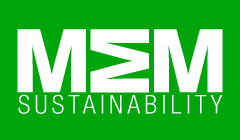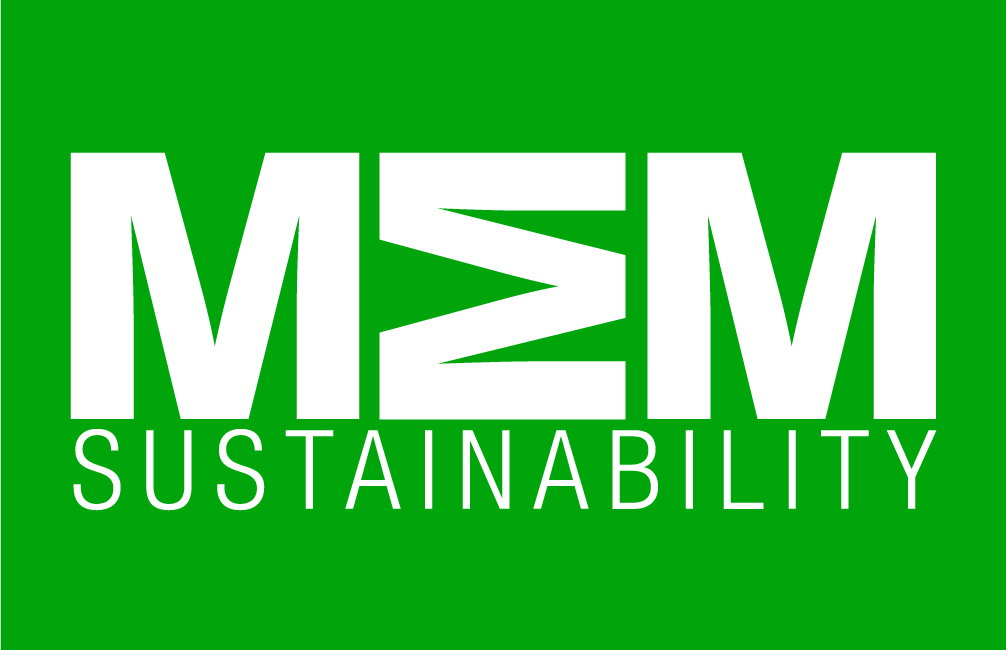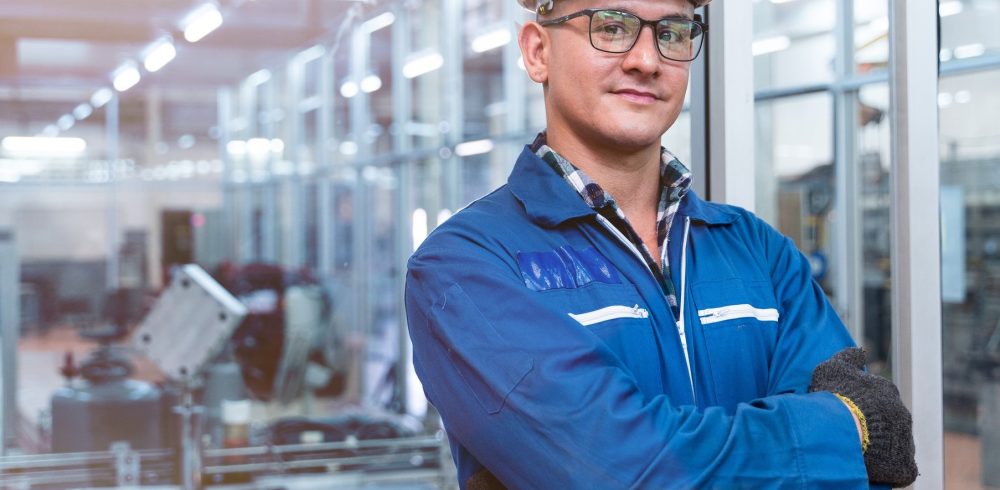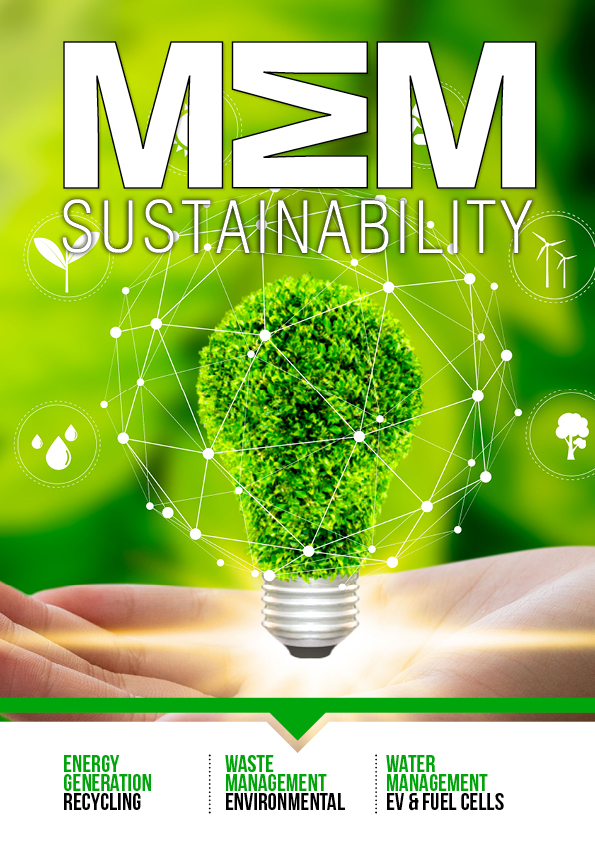As businesses face the highest industrial energy costs for decades due to global inflation, we explore how manufacturers can reduce energy consumption by fully utilising R&D incentives such as the Research & Development (R&D) tax credit scheme to improve Return on Investment (ROI).
Why is energy consumption becoming a major concern for manufacturing businesses?
UK Manufacturing is one of the largest energy consumers, consequently, price fluctuations can have a major impact on the profitability and future plans of UK-based businesses. On top of the raw energy costs, the UK has announced the goal of reaching net zero emissions by 2050. This will be a massive undertaking in the manufacturing sector where favourable energy costs have been a key reason many businesses established UK operations.
As the UK is facing unprecedented energy inflation, it’s key that the manufacturing sector acts now to reduce its consumption. Here’s how:
- Schedule machinery use – energy prices can be lower with a time of use rate (TOU), which is cheaper off-peak. Businesses can significantly reduce their bills by securing a TOU rate from their supplier and scheduling machinery to run overnight.
- Invest in onsite energy generation – many businesses have already started harnessing wind, hydro and solar power to reduce their reliance on fossil fuels. They may also consider other solutions such as ground source heat pumps or local grids to share unused energy within the local trading estate.
- Invest in energy-efficient machinery – replacing outdated and inefficient pieces of equipment is hugely important as it can consume lots more energy than newer equipment, and requires more frequent repairs and maintenance.
- Build energy-efficiency into your facilities – by redesigning buildings and facilities to apply Building Research Establishment Environmental Assessment Method (BREEAM) principles, companies can leverage the use of natural light, capture waste heat and manage solar heating to reduce energy consumption.
R&D incentives can help with these investment decisions along with the current cashflow impact of higher energy costs.

Where can businesses find help to make these transformations?
Typically, most business will start by assessing whether there are any grants available from your local authority or business enterprise support network to help finance energy efficiency solutions. Unfortunately, this type of support is highly fragmented and can vary substantially regionally. If the option you’re considering is innovative and would require R&D development, it’s worth considering whether an Innovate UK grant might be applicable. However, these innovation grants are highly competitive and you need to carefully weigh-up the time/cost benefits of making an application.
Unfortunately, in many cases, companies will have to make these investments without grant support. How do you improve your return-on-investment to get the green light from the board to undertake this work?
Using R&D incentives to improve your return on investment
Many manufacturing businesses overlook R&D incentives during the investment planning stage. However, these schemes can have a large impact on your ROI. The R&D criteria is broad, which allows a large number of activities across all sectors to be qualifying under the scheme. If your manufacturing company is attempting to resolve scientific or technological uncertainties, activities including modifying an existing product could be eligible under the various R&D tax incentive schemes. Therefore, you may be able to claim for energy-efficient machinery that your company has invested in, which will both directly offset any investment costs, and significantly reduce your energy consumption in the future.
If the investment is focused on capital equipment, further support may be available under the capital allowances schemes. Currently, companies can access the super-deduction scheme. From 1 April 2021 until 31 March 2023, companies investing in qualifying new plant and machinery assets will be able to claim a 130% super-deduction capital allowance on these investments, or a 50% first-year allowance for qualifying long-life assets that fall within the special rate pool. Hopefully, this scheme will be retained in some form but even if it drops away, companies can consider annual investment allowances or research development allowances to access tax savings.
Conversely if the investment is being booked to the P&L then the company can consider making an R&D tax credits claim. Unlike the current capital allowances schemes this type of claim provides a permanent tax saving or cash payment for loss making businesses. For an SME business the benefit can be up to 33% of the qualifying, whilst for a large corporation the claim can provide an EBITDA improvement and a cash benefit around 10.5% of the qualifying spend. Therefore, combining capital allowances and R&D tax credits can significantly improve the ROI of any energy saving investment.
Finally, one point that companies should consider is that their current R&D claim will incorporate an element of onsite electricity and gas expenditure. Optimising your R&D claim can therefore help offset an element of the price increases and is an immediate change that could help your business survive the current challenging economic conditions.

Conclusion
If you want to reduce costs, it’s important to invest in your business now. The manufacturing industry needs to be able to take advantage of the funding and incentives available to reduce industrial energy consumption.
Buzzacott can fully support you with preparing and claiming R&D incentives to support your business in offsetting energy costs. We can guide you through this process and make sure you access the best incentives available.
To assist with the immediate cashflow challenges, we can work with your business to ensure that your R&D claim is fully accurate and has picked up all the eligible costs. The rules are complex and making a successful claim takes an eye for detail. When you work with our dedicated team of R&D tax credit consultants, you can count on that. Get in touch below.
Manufacturing & Engineering Magazine | The Home of Manufacturing Industry News
















